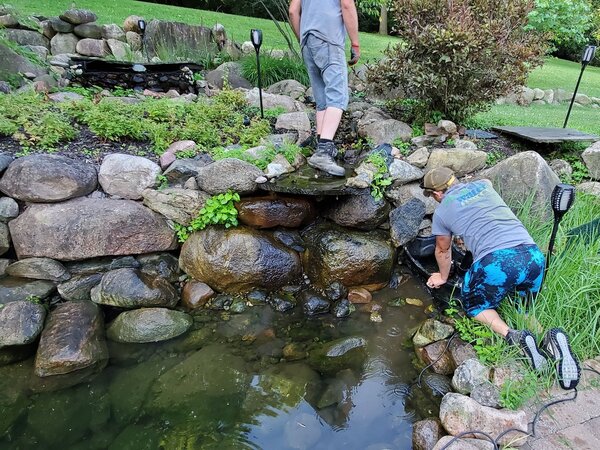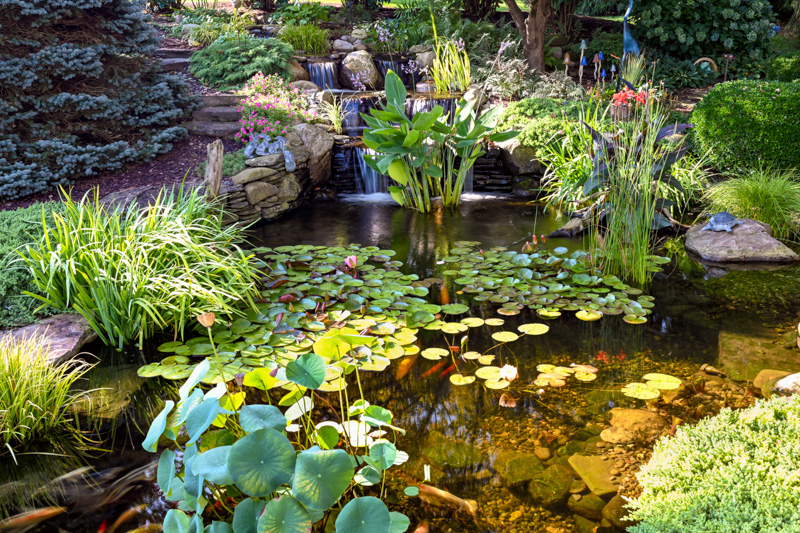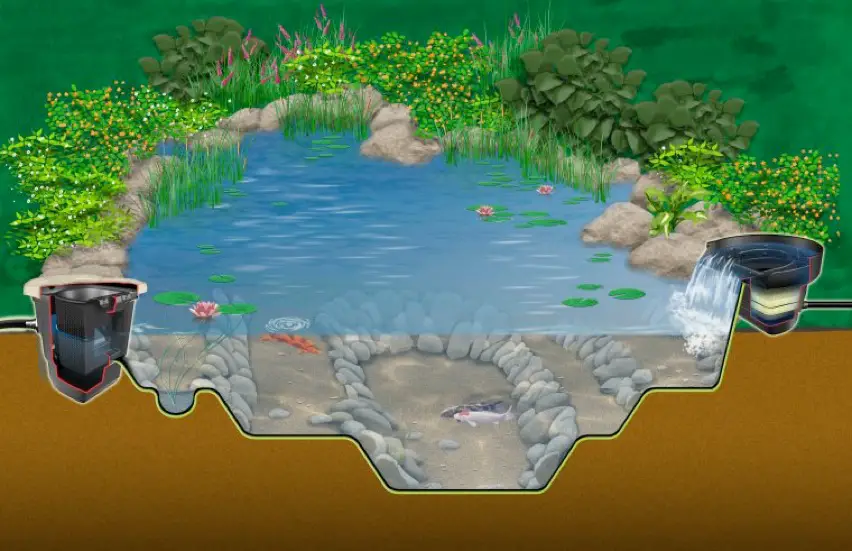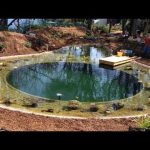Having a pond in your backyard can be a beautiful addition to your landscape. However, keeping a pond full of water can sometimes be a challenge, especially during hot and dry weather conditions. In this article, we will explore various tips and techniques to help you maintain a healthy water level in your pond.

Credit: iowawaterscapes.com
1. Use a Pond Liner
One of the most effective ways to ensure that your pond stays full of water is to use a high-quality pond liner. A pond liner acts as a barrier between the water in your pond and the surrounding soil, preventing water from seeping into the ground. Make sure to choose a durable liner that is suitable for the size and shape of your pond.
2. Regularly Check for Leaks
Inspect your pond regularly for any signs of leaks or damage to the liner. Look for wet spots around the pond, as well as any visible tears or holes in the liner. If you notice any leaks, repair them promptly to prevent further water loss.

Credit: splashsupplyco.com
3. Maintain Proper Water Levels
Monitor the water level in your pond regularly and make sure it stays at the desired level. During hot and dry weather, evaporation can cause water levels to drop quickly. Consider using a hose or a water pump to top up the water level as needed.
4. Install a Water Feature
Adding a water feature such as a fountain or waterfall to your pond can help to aerate the water and reduce evaporation. The movement of the water will also help to prevent algae growth and keep the water fresh and oxygenated.
5. Plant Aquatic Vegetation
Planting aquatic vegetation in and around your pond can help to stabilize the soil and reduce water loss through evaporation. Plants such as water lilies and floating hyacinths can also provide shade and cover for fish, helping to maintain a healthy ecosystem in your pond.
6. Use a Pond Cover
During periods of extreme heat or drought, consider using a pond cover to help reduce evaporation and keep your pond full of water. A pond cover can also help to keep out debris and prevent algae growth, keeping your pond clean and clear.
7. Implement Rainwater Harvesting
Consider installing a rainwater harvesting system to collect and store rainwater for use in your pond. This can help to supplement your pond’s water supply during dry spells and reduce your reliance on municipal water sources.
8. Check for Clogs and Blockages
Regularly inspect and clean out any clogs or blockages in your pond’s filtration system and pumps. Clogs can restrict the flow of water and lead to water loss, so it’s important to keep your pond equipment well-maintained.
9. Monitor Water Quality
Keep an eye on the quality of the water in your pond, as imbalances in pH levels or nutrient levels can lead to water loss and algae blooms. Test the water regularly and make any necessary adjustments to keep your pond healthy and full of water.
10. Seek Professional Help
If you’re having trouble keeping your pond full of water despite your best efforts, don’t hesitate to seek help from a professional pond maintenance service. They can assess the situation and provide recommendations to help you maintain a healthy water level in your pond.
Conclusion
Maintaining a pond full of water requires regular attention and care, but with the right strategies in place, you can enjoy a beautiful and thriving pond in your backyard. By following the tips outlined in this article, you can help ensure that your pond remains full of water and provides a tranquil and refreshing oasis for years to come.





